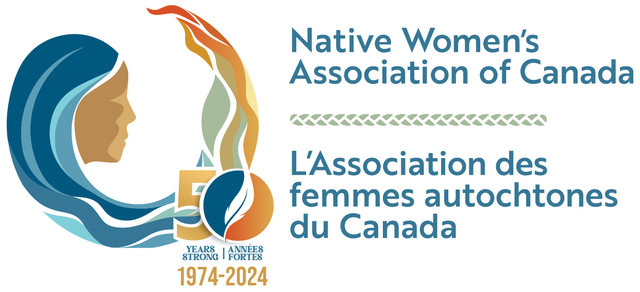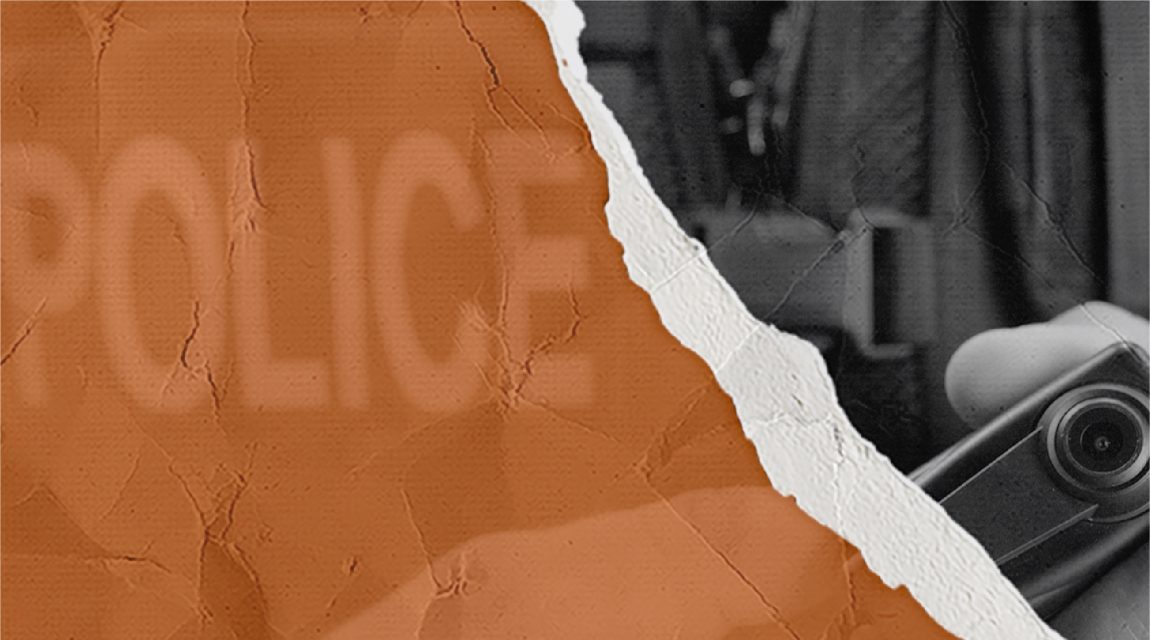The RCMP are planning to equip up to 15,000 frontline police officers with body cameras, and asked NWAC for our input.
Body cams may improve federal police relations with Indigenous Peoples, but only if the RCMP reduces the privacy risks associated with collecting and storing these videos. NWAC suggests the RCMP develop and implement strict and effective policy for managing these videos.
Body cams can improve evidence collection against those who perpetrate violence against Indigenous women, girls, and 2SLGBTQIA people. They can also ensure officers check their behaviour when interacting with Indigenous people by recording interactions.
Indigenous Peoples are disproportionately subjected to police intimidation and brutality, so more officers wearing body cameras may validate victims who cry foul. Nevertheless, privacy breach risks are a serious concern that demand strict and efficient policy to limit such risks.
Privacy breaches related to police body cams may expose Indigenous women, girls, and 2SLGBTQIA people to increased risks of violence and social harm. The RCMP has been working with privacy law experts and the Office of the Privacy Commissioner to develop a policy that ensures privacy rights are not infringed. This policy includes ensuring that video is not recorded without consent where there is a high expectation of privacy. It also ensures information related to the videos is not released to the public without first conforming to the rules in the Privacy Act and the Access to Information Act.
The potential benefits that come with having more RCMP officers wearing body cams are significant, but they must not come at the further expense of safety, especially among society’s most vulnerable populations. The RCMP must not only develop body cam policies that properly account for these privacy interests, but they must also make sure these policies are properly implemented.

